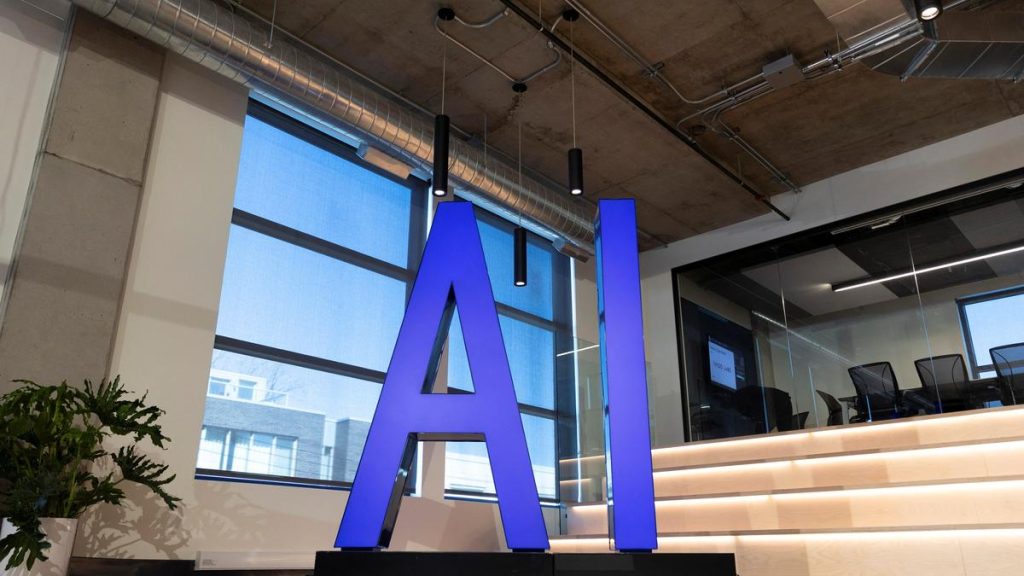
Photo used for representation purpose only.
| Photo Credit: Reuters
Influencers on social media platforms and generative AI are “supercharging a fragmented alternative media environment” for news consumption, the 2025 edition of the Digital News Report by the Reuters Institute for the Study of Journalism said. The report is based on an annual survey of 1 lakh news consumers in 48 countries, including India. Among respondents who “avoid the news” some or all the time, English-speaking Indians with internet access — which the report warns may not be representative of the entire population — rank fourth, with 50% of respondents in the country counting themselves in the group.
Broadcasting, print media and news websites are seeing engagement fall, the report found, as the share of news consumed through social media platforms such as YouTube and online aggregators expands, the report said. Influencers, in particular, have gained a sizeable audience, even particularly in news.
While this includes the podcaster Joe Rogan, the trend is also visible in other countries, such as HugoDécrypte, a French “young news creator” whose content reaches over a fifth of people under the age of 35 in France.
“In the Philippines, Thailand, Kenya, and India more people now say they prefer to watch the news rather than read it, further encouraging the shift to personality-led news creators,” the report said. Globally, trust in news as assessed by the report stayed at the same level as it was last year — 40%.
Young people are less likely to consume news from publishers’ websites, with around 41% of respondents aged between 18 and 34 saying that they consider social media and sites such as YouTube as their main source of news. Only around 24% in this age group consider news websites as their “main source of news,” the report said.
“YouTube content in India has been exploding in recent years with a host of successful talk shows that are both critical of and supportive of the government of Narendra Modi,” the report said.
“Ravish Kumar (12m followers) is a former NDTV anchor, focusing on political commentary and social issues, while Dhruv Rathee (25m followers) creates educational videos on social, political, and environmental issues, aiming to simplify complex topics for a broad audience. Shows like The Deshbhakt (5.5m followers), hosted by Akash Banerjee, offer satirical takes on Indian politics. Other colourful parts of the Indian manosphere include Ranveer Allahbadia, popularly known as BeerBiceps, who covers fitness, lifestyle, fashion, and entrepreneurship, aimed at young Indians.”
“Messaging apps such as WhatsApp are mostly considered less of a [mis- and disinformation] threat” by respondents, the report said, “as discussion tends to be more contained within trusted groups of friends.”
“One notable exception is India, the messaging app’s largest market, where fake news, including videos circulating in large groups, have in the past incited mob violence (and deaths). Just over one in ten (11%) think that people they know (including friends and family) also play a role in spreading misinformation,” the report said.
“Personalized” news, such as those offered by news aggregators, has “seen many false dawns,” the report said, but generative AI applications such as ChatGPT and Perplexity AI have been seeing increased traction for simplifying stories and summarising them, the report found.
“In India, it is the most popular option,” the report said. AI “comfort levels” among Indian respondents stood at 44%, with nearly a fifth of users saying they used chatbots to get the news weekly.
Published – June 17, 2025 04:16 am IST

